

A Memorial to Old Technology
source link: https://njoanna.medium.com/a-memorial-to-old-technology-9956251a5032
Go to the source link to view the article. You can view the picture content, updated content and better typesetting reading experience. If the link is broken, please click the button below to view the snapshot at that time.
Credit: Nguyen Minh
A Memorial to Old Technology
On design that lasts
I used to be with ‘it’, but then they changed what ‘it’ was. Now what I’m with isn’t ‘it’ anymore and what’s ‘it’ seems weird and scary. It’ll happen to you!
— Grandpa Simpson
Whenever I stumble upon old technology, I feel a mixture of curiosity (look at that!) and a ping of sadness (things change fast!).
The thing about design is that it leans optimistic.
Many impossible things are possible, given enough time. Design is a visionary look at opportunities ahead, founded upon possibilities. Many ‘futuristic’, ideas that once existed only in Science Fiction lay the groundwork for where tech is headed today. Whether it’s driverless cars, rapid communication or robotic rice cookers, the future feels exciting with many promises of convenience and novel experiences. On the other hand, the pace of change can feel overwhelming.
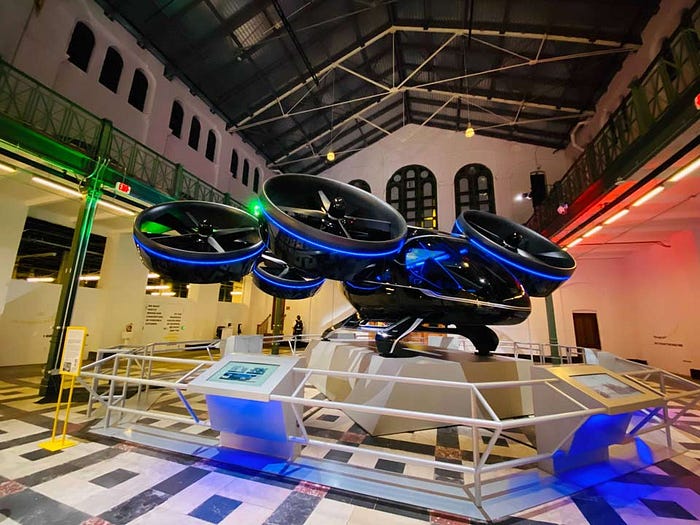
Good design: theory vs. reality
Despite the breakthroughs over the years, there are reasons to be cautious. Back in the 1970’s, Dieter Rams had concerns over a world that was increasingly “an impenetrable confusion of forms, colours and noises.” He advocated for a return to principles for ‘good design’.
These principles led his approach to design at Braun, which was a critical influence on Steve Jobs, founder of Apple. These principles serve as reminders that good design lasts; good design is calm. In a throw-away culture, good design is a return to simplicity.
It avoids being fashionable and therefore never appears antiquated. Unlike fashionable design, it lasts many years …

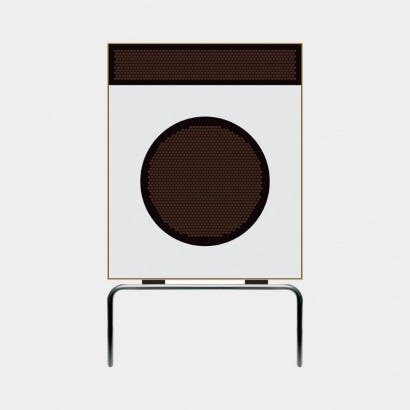
While these principles sound beautiful in theory, what about reality? What happens when designers face the tension between what’s best for sustainability and what’s best for next quarter’s bottom line? It’s easy to think of oneself (whether you are a designer, technologist or any other profession) as doing just fine on the ethical front.
After all, we’re not creating weapons of mass destruction. Sometimes our giant corporations even encourage us to be more philanthropic.
Let’s try looking at it another way: design thinking is about working with constraints to optimize for public good.
It’s more than making what’s personally aesthetic (design is a job, art serves that purpose), appeasing stakeholders or adding shareholder value — what you make, what you say, what you do, matters.
Consider a historical example: imagine Berlin in the 1930s.
In addition to the horror of burning books, such mass demonstrations included fervent speeches, torchlight parades and violent destruction of Jewish-owned businesses. They were trying to ensure a cultural genocide in addition to a real genocide, one where the ‘past lies in flames’.
That’s the most extreme example of the consequences of the absence of good; the willful negligence of observers. When we look at history, remember that what’s legal may not be ethical and what’s ethical may not be legal.
What does that have to do with product design?
In the end, everything connects.
The world is a closed system. In the midst of it, actions may appear disconnected. When it comes to modern consumer product cycles, there’s always the ‘next best thing’ or some lofty business goal fueling our every design decision.
What’s the harm in that?
Many improvements are not real improvements. They are a form of product clutter. And distractions take away focus from what matters. Every choice is an opportunity cost, to not do something else more worthwhile. From an ethical perspective, the absence of wrong is simply not good enough.
Luce absente, obscuritas obtinet.
Translation: In the absence of light darkness prevails.
Every time we repeat another genocide in history (Bosnia, Rwanda, Cambodia, Darfur): the cost of apathetic bystanders resurfaces. Lives and livelihoods are set aflame, new intergenerational trauma begins and the hellish separation of families persists. Worse, after the event, there’s usually an attempt to erase the past by perpetrators.
Human memory is fallible.
Similarly, every time a human being is distracted by the cycle of consumerism, aided by the tools designers create, to desire things they don’t need, they’re making an unconscious decision to funnel their precious time toward something that really doesn’t contribute much to a world; a chaotic world with many other pressing needs.
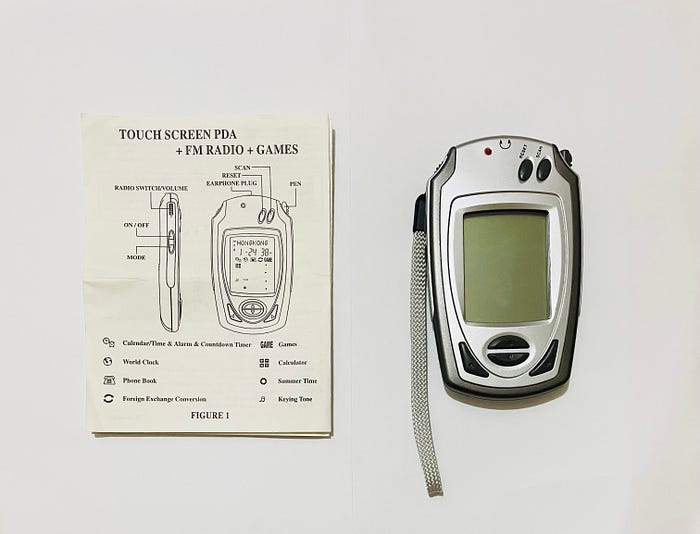
PDA + FM Radio + Games
To consider the future, let’s reflect on the past: back in my day, if you needed to make a call while outside of your home, you found a telephone booth. These were real-life structures (more than TARDIS, the handy form of transportation in Dr. Who). You slipped a few quarters into a slot, remembered what numbers you needed to dial and perhaps connected to a helpful (human) operator.
My first phone-like device was a PDA. When considering how rapidly phones have changed over the years, the pace is quite astounding. Computers used to take up the space of entire rooms, now they fit into the palm of your hand. Phones have replaced computers for some parts of the world outside of the United States.
How times have changed.
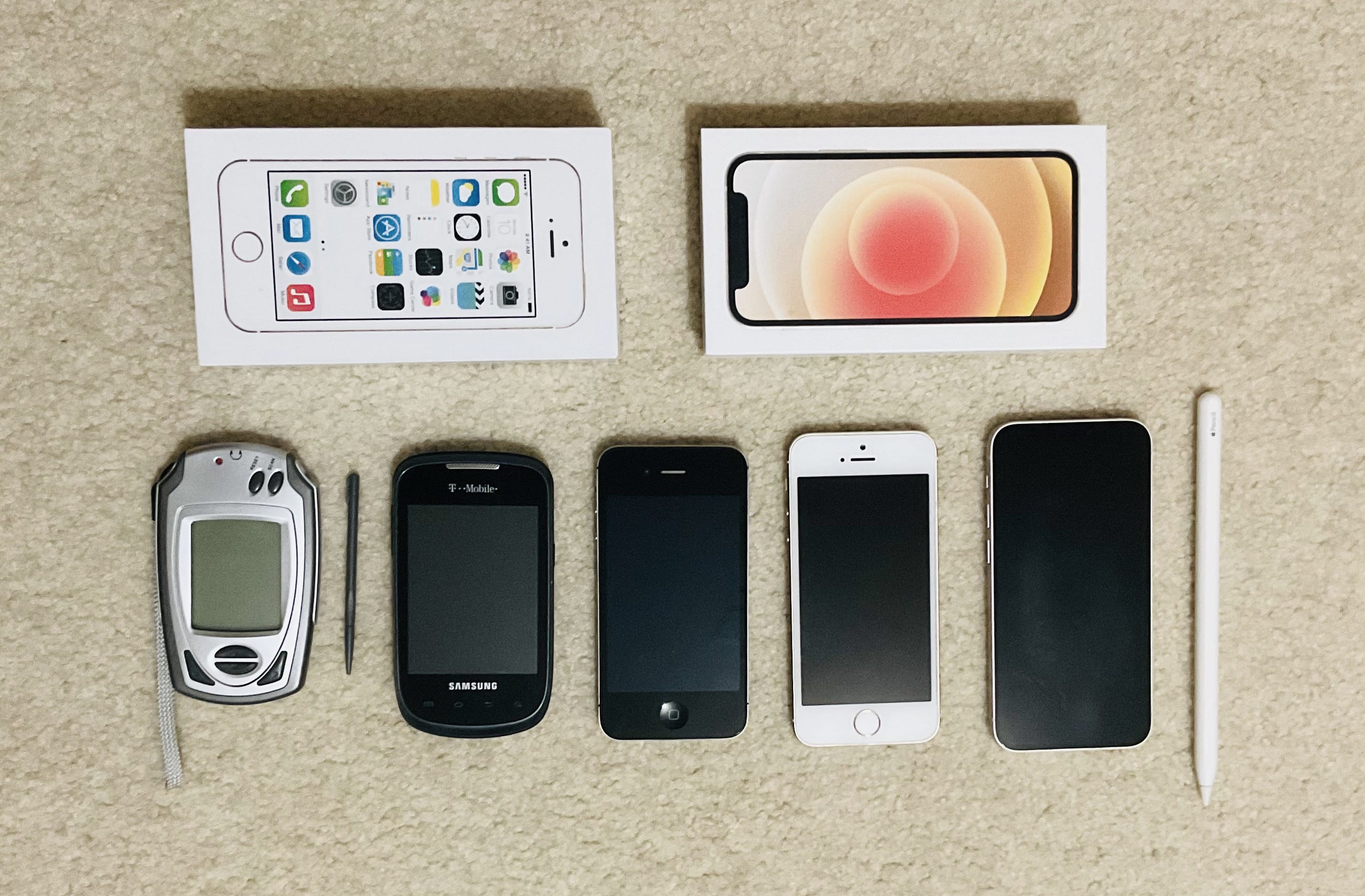
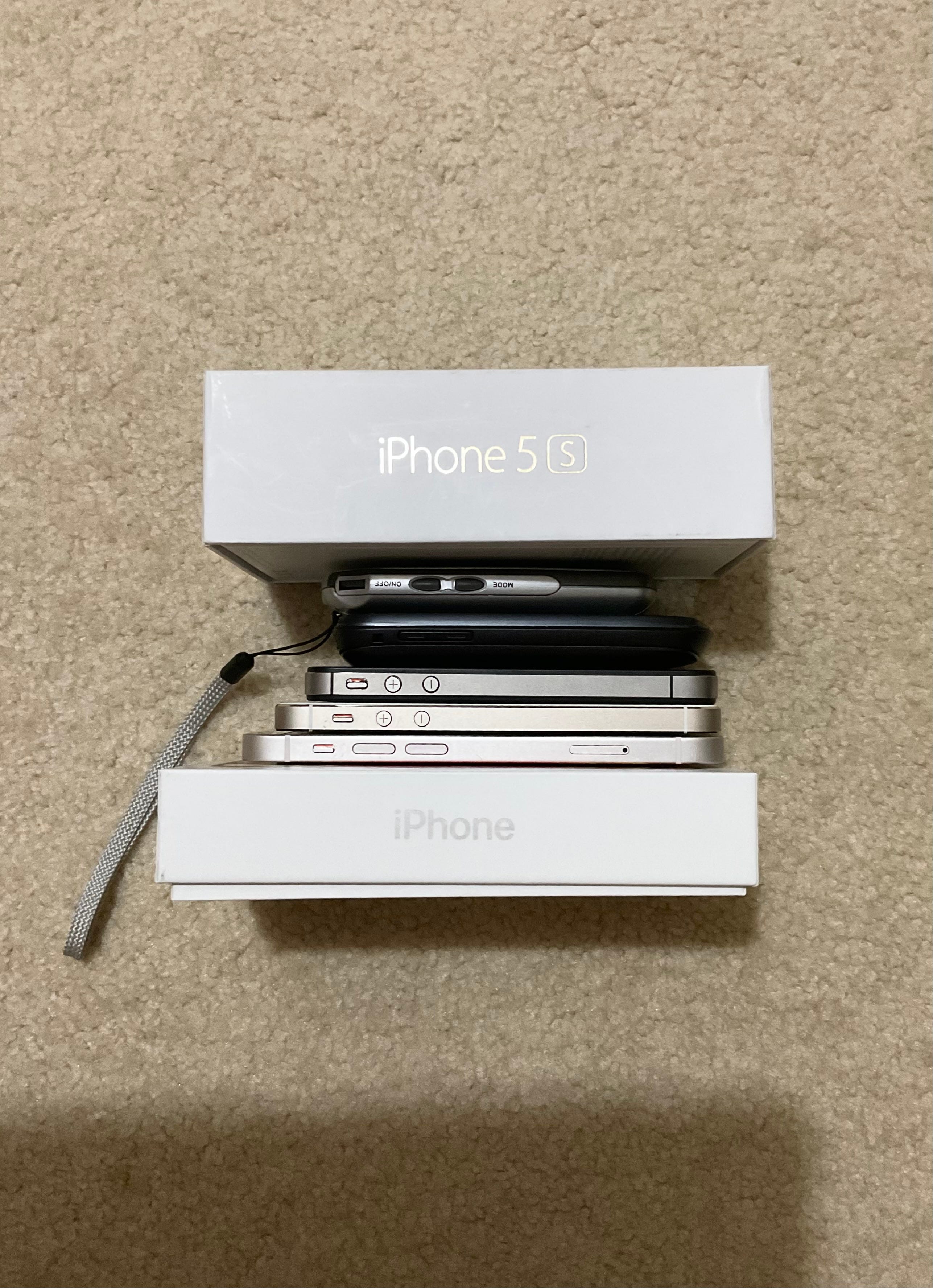
Not to mention changes in print media, newspapers, the disappearance of: CDs, cassette tapes, VCRs, old radios — faint memories of using a Nokia phones to play Snake and changes in every realm of living, from travel, space exploration, dating, farming, food to self-expression.
Time flies when you’re having fun (or easily distracted).
There’s a human tendency toward striving. Unlearn it. Otherwise, risk being lulled into an unforgiving cycle:
Q: Want something better, thinner, faster, newer than what you have today?
A: Get it from your local hegemonic book vendor.
Turning up the speed
Another area which has undergone rapid change is the tools for communication. The mailing system use to be the main way we reached another person who lived in a far off land. Mail had to be physically carried (in the dangerous parts of the train, near the engine), kept secure and physically moved from point A to point B.
Before that, messengers rode on horseback (this was before cars). They carried only messages of utmost importance. Books was stored through recitation and memory strengthened by dedicated human effort.
Fun fact: did you know that postal workers used to use trains to deliver mail? Sometimes they wore scary face masks (resembling skincare face masks) as they trekked through snowy or windy conditions to deliver to their recipients. Somewhat heroic, definitely a lot of work.
Now we have email.
If email is too slow, we text. If text is too slow, we tweet.
The pace of change feels even faster for software. The sense of obsolete-ness is emphasized with A/B testing, agile development and faster launches.


Effort spent acquiring hardware skills is a good investment as hardware changes more slowly than software over time as the physics remains the same.
—Bunnie Huang
Trying to find product examples that have stood the test of time is difficult. Here’s a motley of examples (from product to websites):
I admire design that lasts.
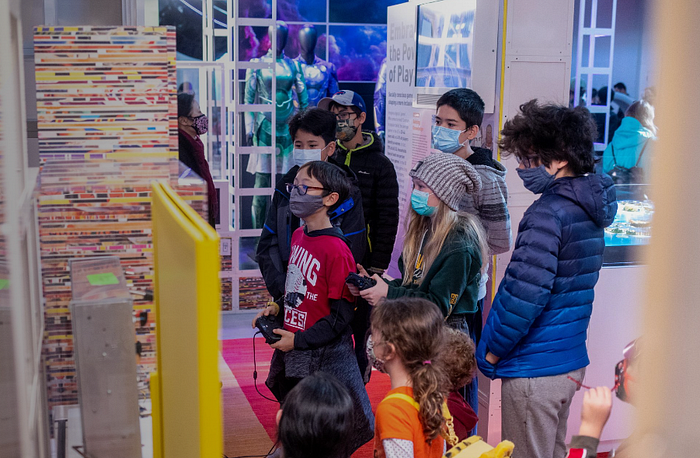
Tyranny cannot defeat the power of ideas.
— Helen Keller
The reason for my slight sad feeling when seeing old tech is a sense of feeling that aging people are becoming devalued in comparison to the rapid pace of tech (and all the values it espouses). Or perhaps it’s feeling my own age after too many late-nights or compounded adverse effects from office work.
Yet, I believe in the power of individual action; there’s always opportunities as long as you’re still alive.
There are things that benefit from slowness, and I’m often reminded of the gradual changes in nature. Change happens, yet there is a season and timing for everything.
Credit: Lucas Kohoko
Conclusion
Even if reality is unfair and people are born in equal conditions, we can still strive for fairness. Having that sense of a higher ethic in myself and seeing it in others is a first step, it’s a reminder of the potential for unity amidst strife.
At the end of the day, all products are transient. Improvements in human agency, equity and progress are a long and unglamorous journey, one that requires the thoughtful efforts of many designers, technologists, engineers, etc. Tread carefully. Consider the potential harms.
Welcome to the future — may your journey down the banister of technology be free of slivers.
Recommend
About Joyk
Aggregate valuable and interesting links.
Joyk means Joy of geeK
